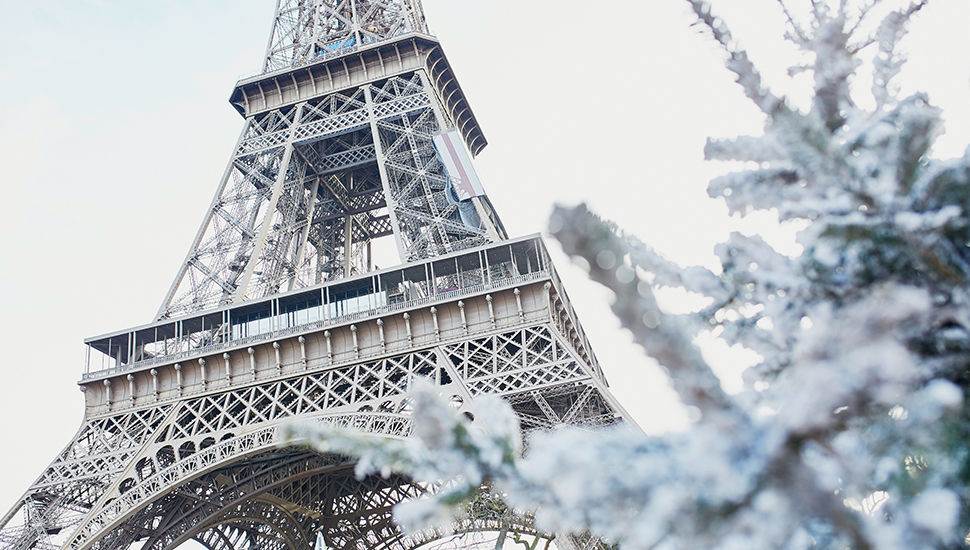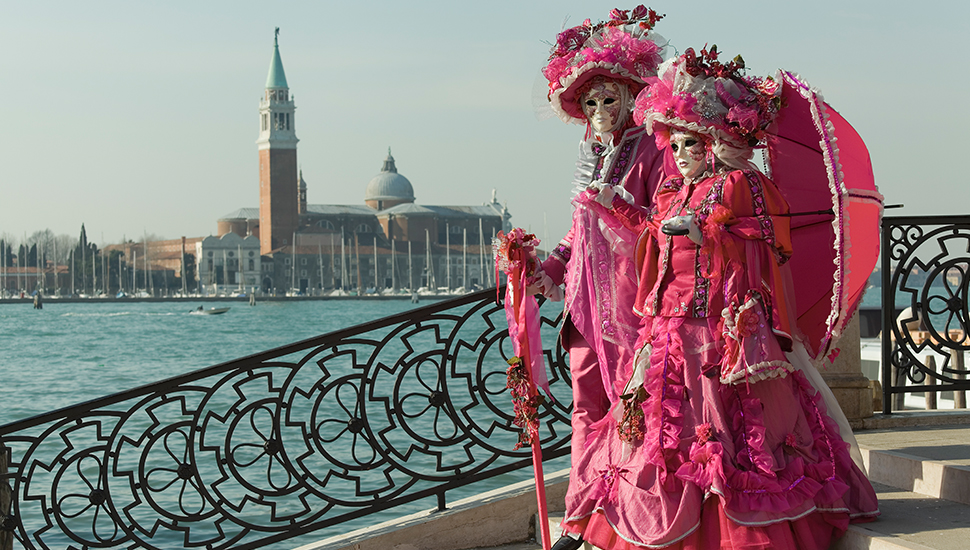The pleasures of off-season winter breaks in Europe
Off season: it doesn't sound terribly exciting. But then, not all of us want exciting. Sometimes we want relaxing, authentic - non-touristy. For the more low-key holiday-maker, there's nothing like sipping a Caffè crema at a pavement cafe in low-season Paris, watching the locals go by; or enjoying the secluded beaches of the Amalfi coast in early December, without jostling for position; or gazing up at the roof of the Sistine Chapel without feeling like a cow being herded to market.
Still need convincing? Here are ten reasons why an off-season holiday might just be up your quaint European cobbled street.
People are friendlier
Or at least, they have more time to chat. In high season, locals from Barcelona to Venice are busy servicing the countless tourists that come for their culture, history and food. In low season you have a better chance of making a genuine connection with a local or two. Notions of grumpy Parisians will drift away on the chilly low season breeze...
You get the local experience
In high season, everything from cinema schedules to theatre performances to music events are influenced by the arrival of tourists. In low season, cultural offerings cater more to the local - giving you the chance to enjoy a more authentic experience.
You'll pay less
Excluding Christmas and New Year, low season (November to March) usually means cheaper flights, hotels and Airbnb's. And because customers are scarcer, there may be deals to be had on restaurant meals and attractions.

Fewer queues, more spontaneity
Popular galleries and attractions are far easier to get into off-season. Queues are shorter - or completely absent - meaning you can often just show up when you fancy. Paris' Orsay and Florence's Uffizi, for example, are notorious for their lengthy queues - but not if you visit in low season.
Give your legs a rest
Remember that time your spouse insisted you climb all seven hills of Rome in the mid-summer heat? No danger of that if you visit the Italian capital in January (or any other European city). The wind and drizzle of low season present a great excuse to linger in cosy cafes, to loiter in world famous galleries, and to get badgered by waiters who want to give your table to the next customer!
It's cooler
OK, sometimes it's much cooler. But some of us would take wrapping up for a winter break in preference to dealing with the heat of midsummer - which can be so intense it diminishes our experience. In low season you won't have to rub perspiring shoulders with fellow tourists - because there won't be that many of them!
It's mild enough for evenings out in the south
While evenings in northern European cities tend to be rather subdued in colder months, southern cities are still mild enough to facilitate some pleasant outdoor evening ambiance. Cities such as Barcelona, Seville, Valletta and Crete are all great for some pleasant winter sun.

Winter months mean festivals
Late winter brings a variety of Mardi Gras and carnivals across Europe. Most notable of which, perhaps, is Venice, where 18 days of debauchery take place in February, before the restrictions of Lent kick in: think colourful costumes, dancing, parties and themed parades.
Get a Quote